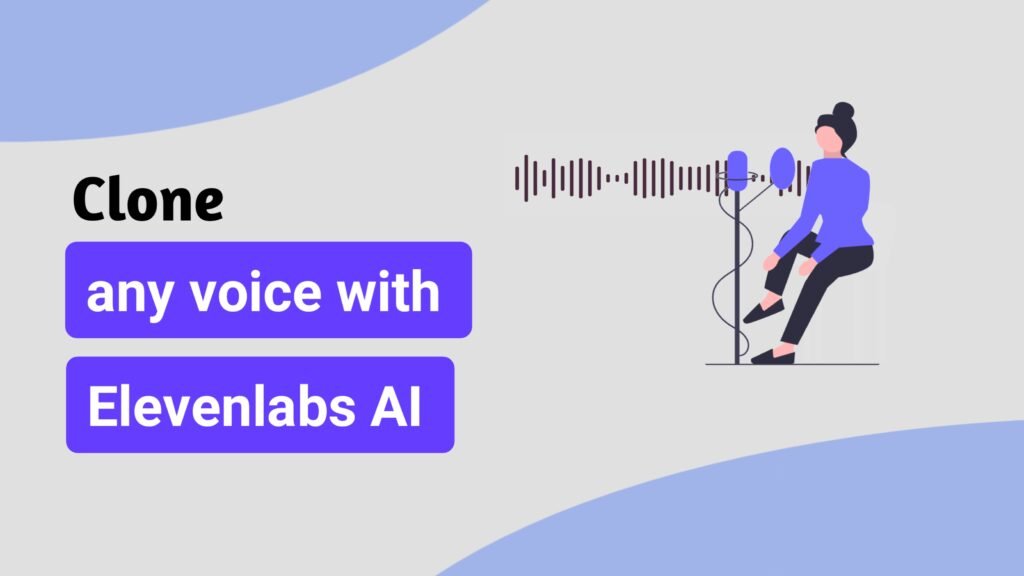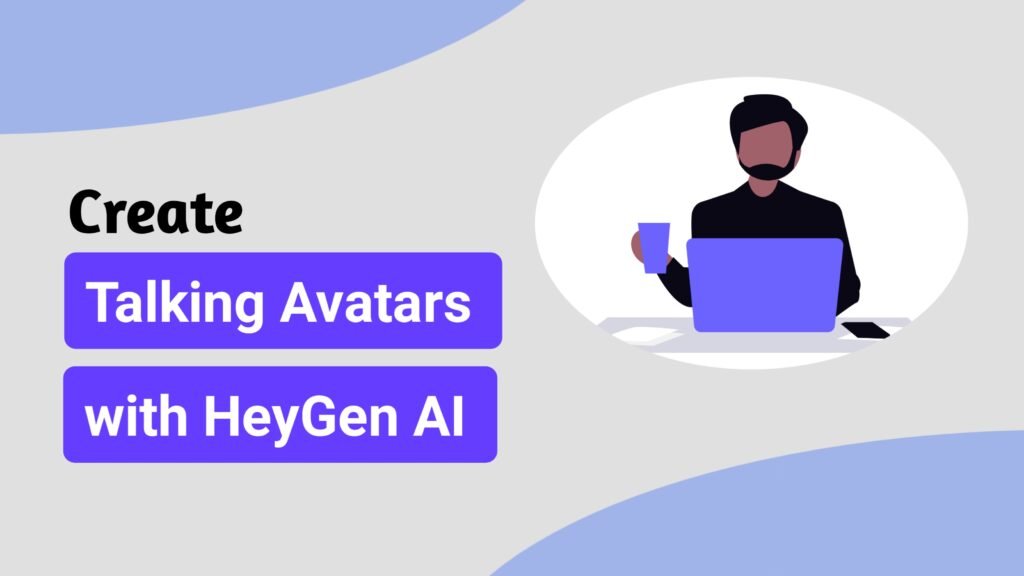What is deep learning?
Deep learning is a way computers learn patterns from data using models called neural networks that are loosely inspired by the brain. Instead of telling the computer rules, you show it many examples and it finds useful patterns on its own. And today I give you a perfect roadmap that how to learn deep learning step by step. Deep learning powers tasks like recognizing faces in photos, translating languages, and generating text or images. At its core it is math plus lots of data and repeated trial and error: the model makes a guess, measures how wrong it was, and adjusts itself to get better.
How to learn deep learning. (step-by-step)
Step 1 — Get comfortable with Python (1–2 weeks)
Why: Python is the main language used in deep learning.
Do this: learn variables, lists, functions, loops, and how to read CSV files. Try Google Colab or Jupyter so you can run code in the browser. Practice small tasks: load a CSV with pandas, plot data with matplotlib, and write simple functions.
Step 2 — Learn the basic math intuitively (2–3 weeks)
Why: a little linear algebra, calculus, and statistics help you understand how models work.
Focus on intuition not proofs: vectors and matrices, simple matrix multiplication, what a derivative means (slope), and the idea of averages and variance. Use visual resources and small Python examples with numpy to see results.
Step 3 — Understand classical machine learning (2–3 weeks)
Why: classic models teach core concepts used in deep learning.
Learn linear regression, logistic regression, decision trees, and k-nearest neighbors. Use scikit-learn to train and test models on simple datasets like housing prices or the Iris dataset. Practice splitting data into train and test sets and measuring accuracy.
Step 4 — Intro to neural networks (2 weeks)
Why: this is the foundation of deep learning.
Learn what a neuron is, what layers are, activation functions (ReLU, sigmoid), loss functions, and the idea of backpropagation (how models learn). Build a tiny neural network from scratch for a toy problem, then train the same model with a framework.
Step 5 — Learn a deep learning framework (3–4 weeks)
Why: frameworks make building real models practical.
Pick Keras/TensorFlow or PyTorch. Start with Keras for simplicity or PyTorch if you want more control. Do hands-on tutorials: train a neural network on MNIST (handwritten digits). Learn model definition, training loops, monitoring training/validation loss, and saving models.
Step 6 — Work on small projects (ongoing)
Why: projects teach you how to apply ideas end to end.
Project ideas:
• MNIST digit classifier.
• Simple image classifier on CIFAR-10 or a tiny custom image set.
• Sentiment classifier on IMDB movie reviews.
For each project follow the full loop: load data, preprocess, build model, train, evaluate, and improve.
Step 7 — Learn key deep learning techniques (4–6 weeks)
Why: these make models work better in practice.
Topics: convolutional neural networks for images, recurrent networks / transformers for text, transfer learning (use pretrained models), data augmentation, regularization (dropout, weight decay), and optimizers (SGD, Adam). Implement each idea on a small task.
Step 8 — Read, experiment, and debug (ongoing)
Why: real learning comes from fixing errors and testing choices.
Practice reading short tutorials and implementing the key ideas. Learn to visualize training curves, spot overfitting, and tune learning rate and batch size. Keep experiments small and repeatable.
Step 9 — Learn deployment and ethics (2–4 weeks)
Why: useful models must be served safely and responsibly.
Learn how to export a model and serve it as a simple web API. Study model fairness, bias, and privacy basics. Always question where the data came from and whether it is safe to use.
Step 10 — Move to advanced topics and specialization (months)
Why: specialists build deeper knowledge and stronger projects.
Choose a path: computer vision, natural language processing, reinforcement learning, or time series. Read recent tutorials and try reproducing small parts of research papers. Contribute to open source or share projects on GitHub.
Weekly practice plan (simple)
2 coding sessions per week, 60–90 minutes each.
1 short math/concept session, 30–45 minutes.
1 mini project or experiment, 60 minutes.
Keep a notebook of what you tried and one improvement idea for next time.
Tips for success
Start small and build working models early.
Code first, learn the math as needed.
Use Google Colab for free GPU access.
Read others’ notebooks on GitHub or Kaggle to learn patterns.
Explain what you learned to someone else; teaching improves understanding.
Conclusion
Deep learning is useful because it powers many of today’s advanced technologies, like AI chatbots, self-driving cars, image recognition, and voice assistants. Learning this skill helps you understand how machines can learn from data and make smart decisions on their own. It’s in high demand across industries like tech, healthcare, and finance. With deep learning skills, you can work as an AI engineer, data scientist, or machine learning developer. Depending on experience and location, professionals in this field can earn anywhere from $80,000 to over $150,000 a year, making it one of the most rewarding tech careers today.


